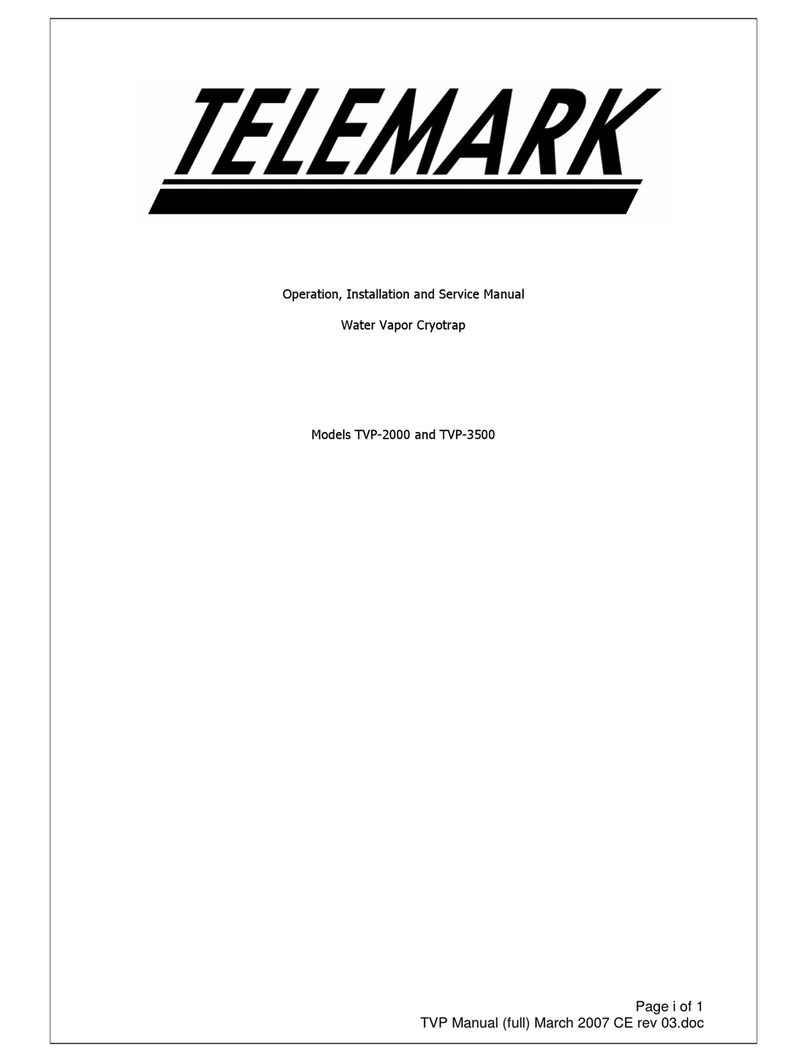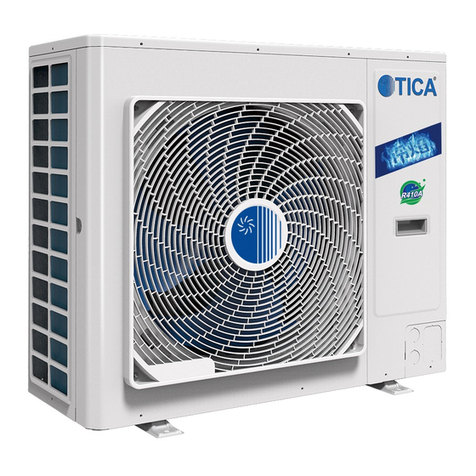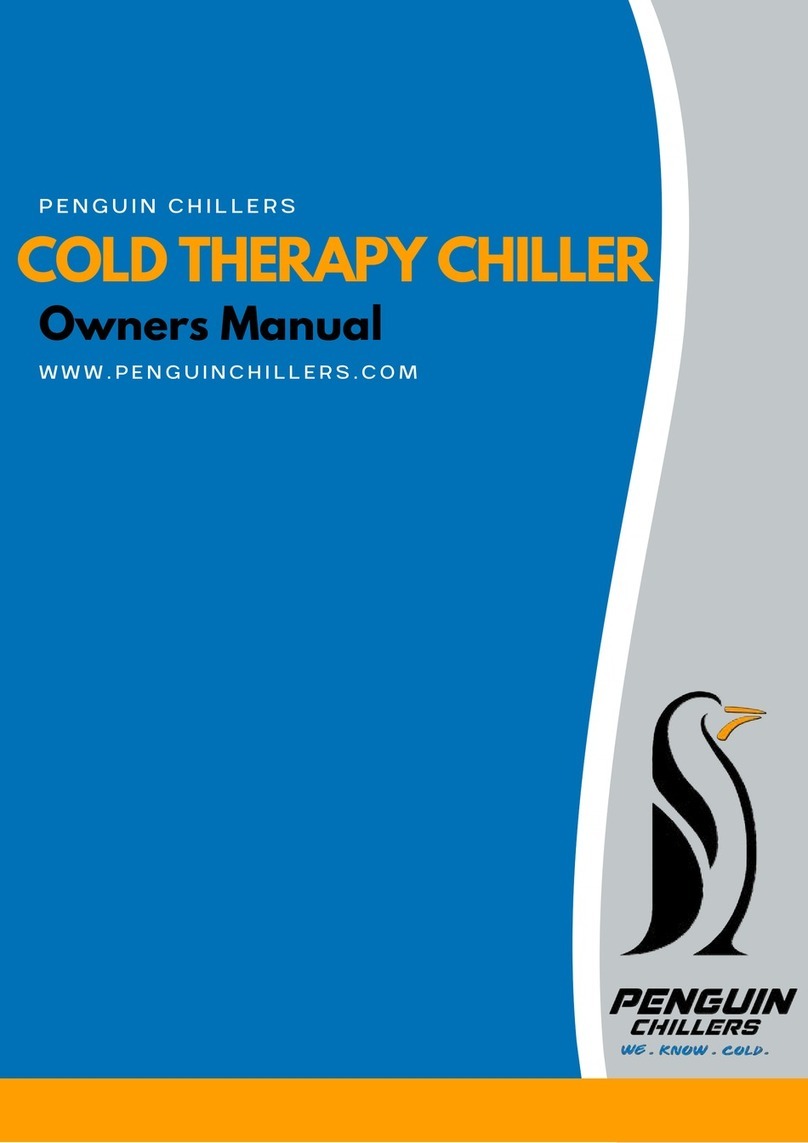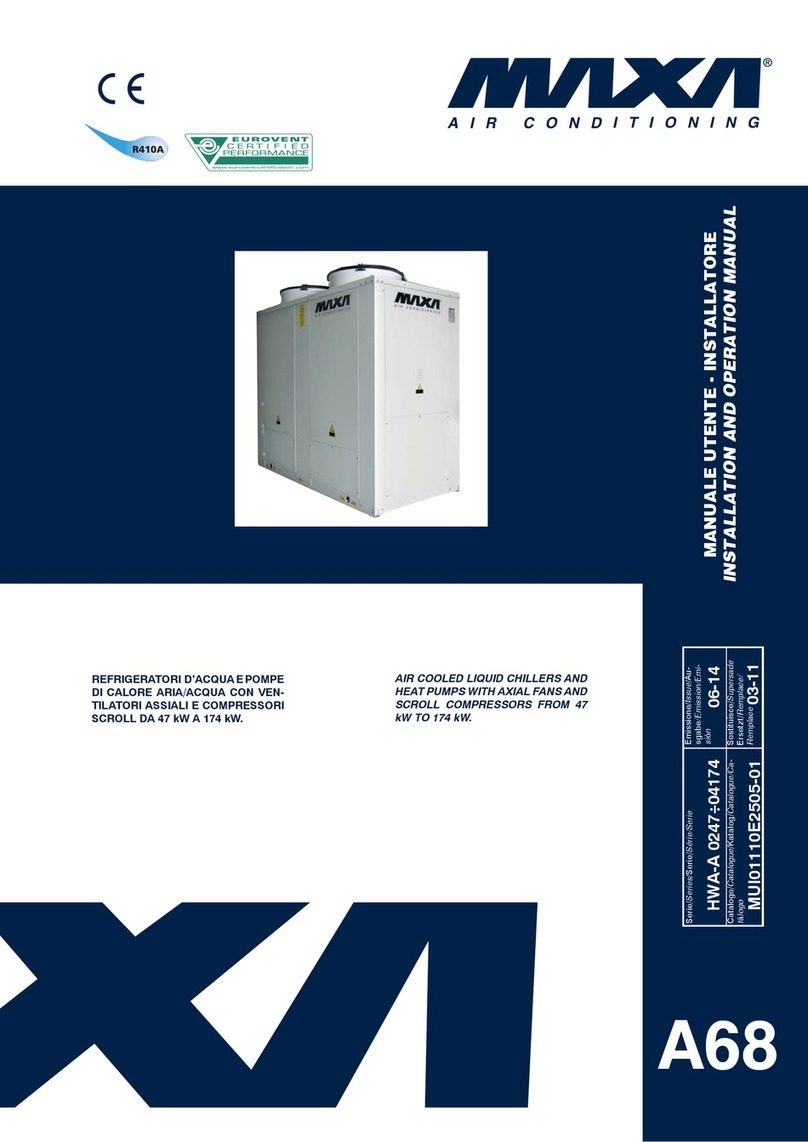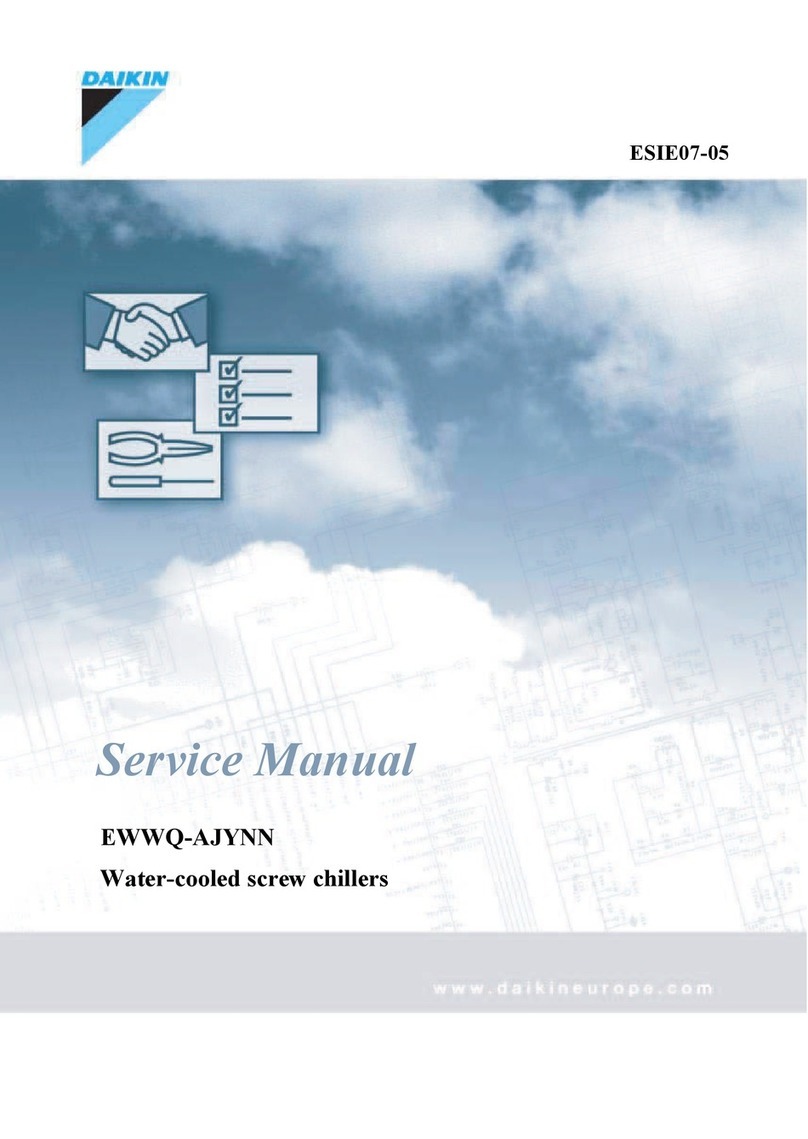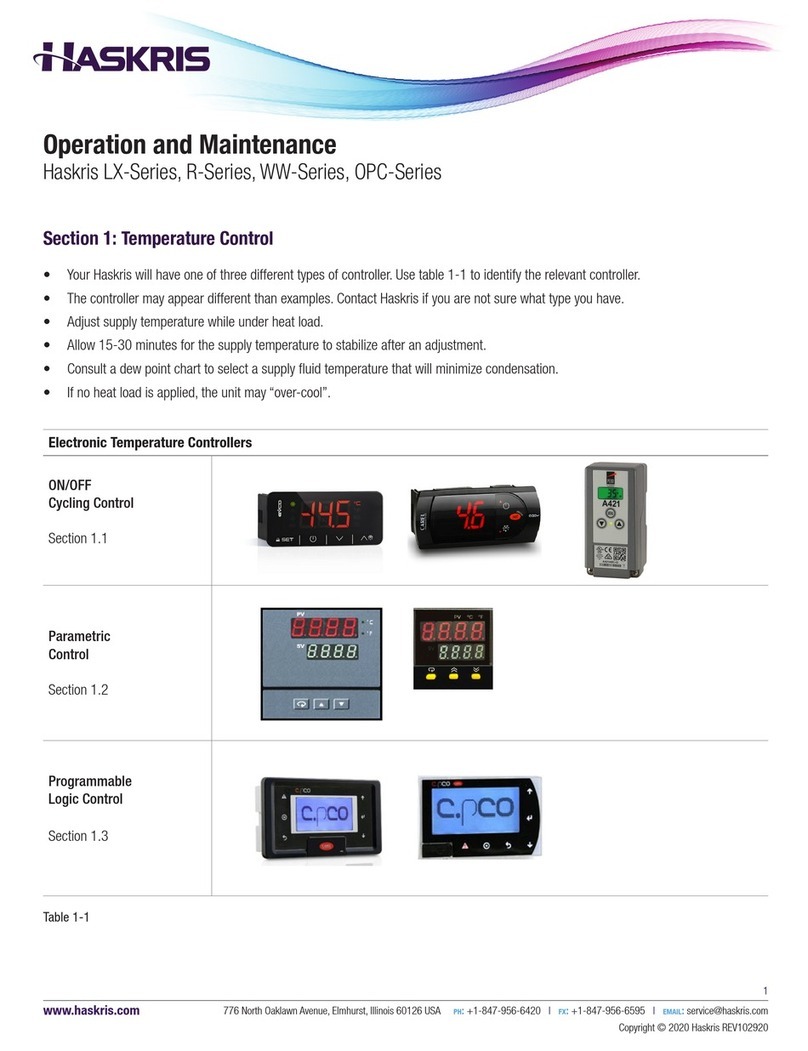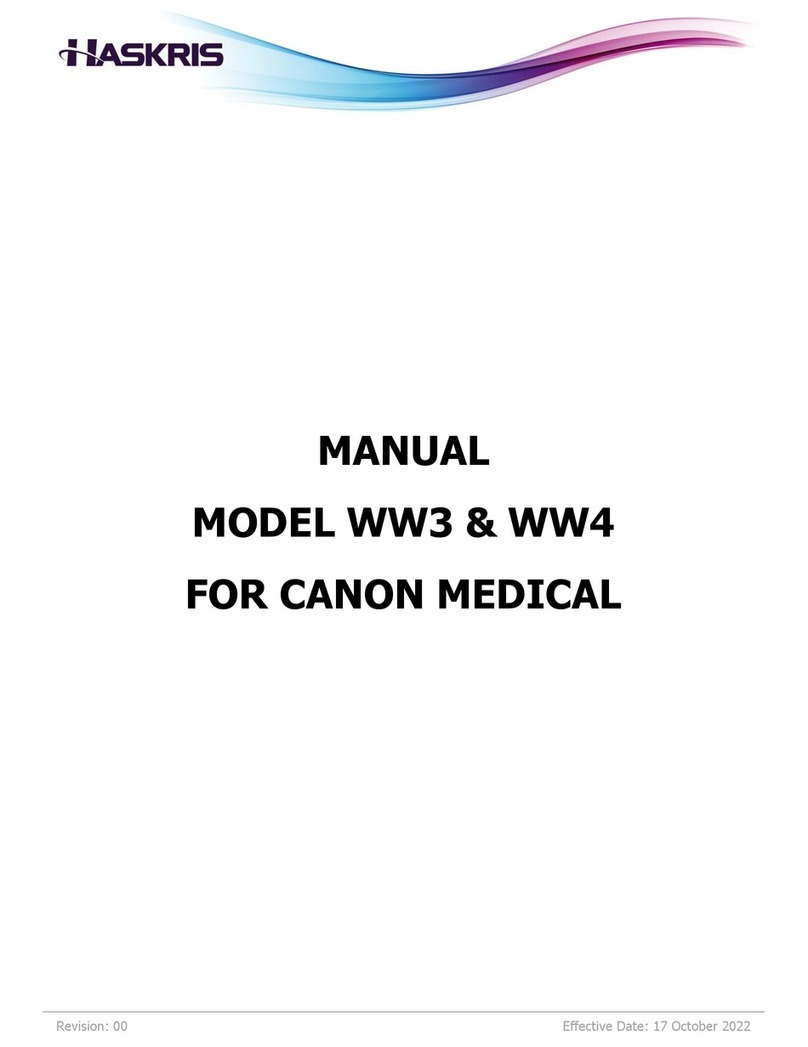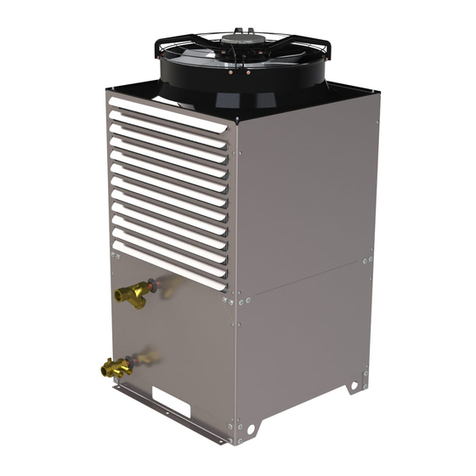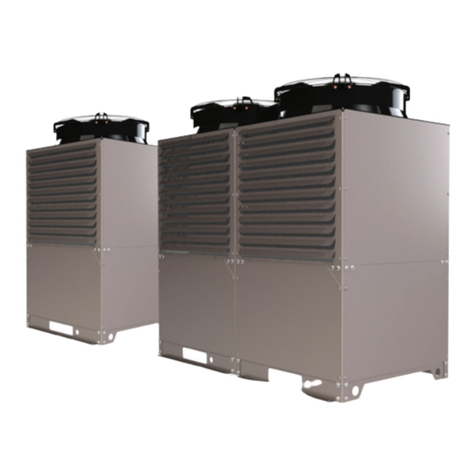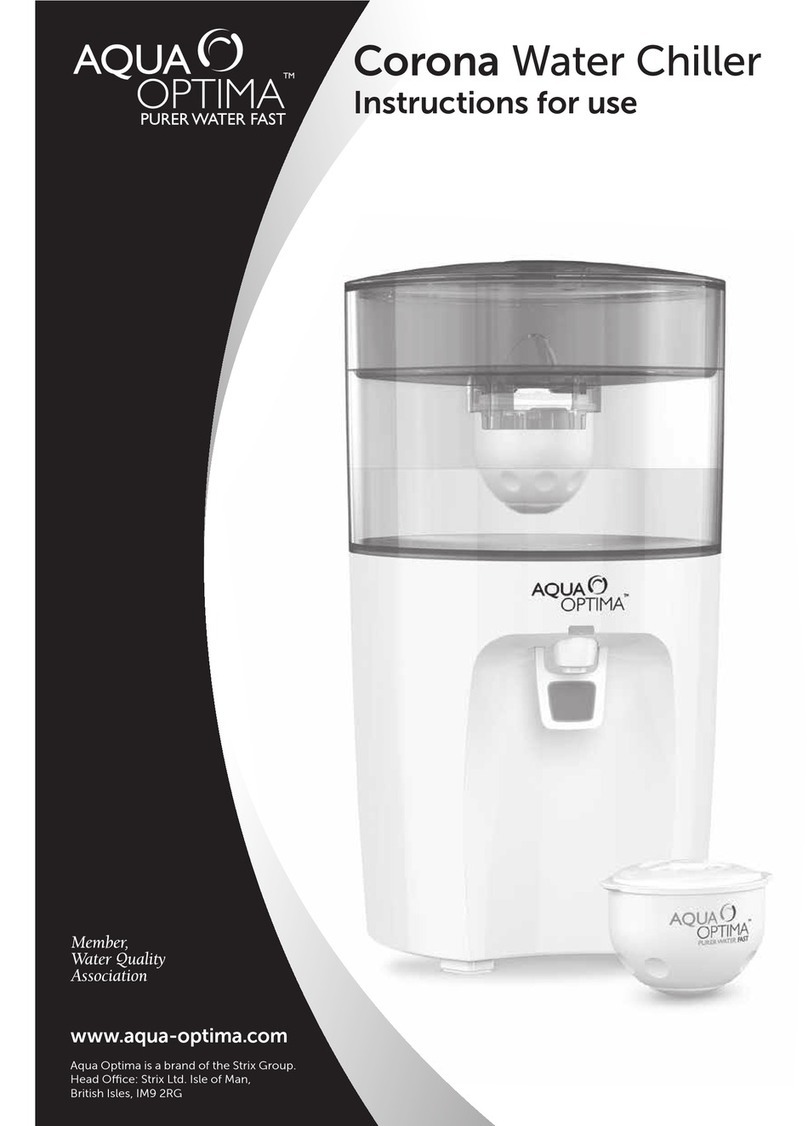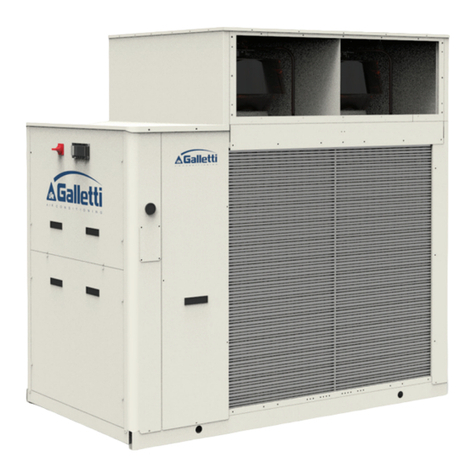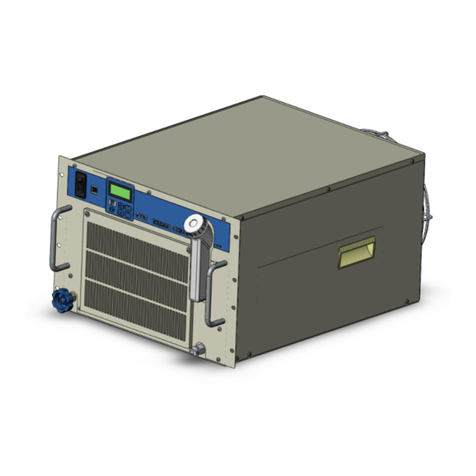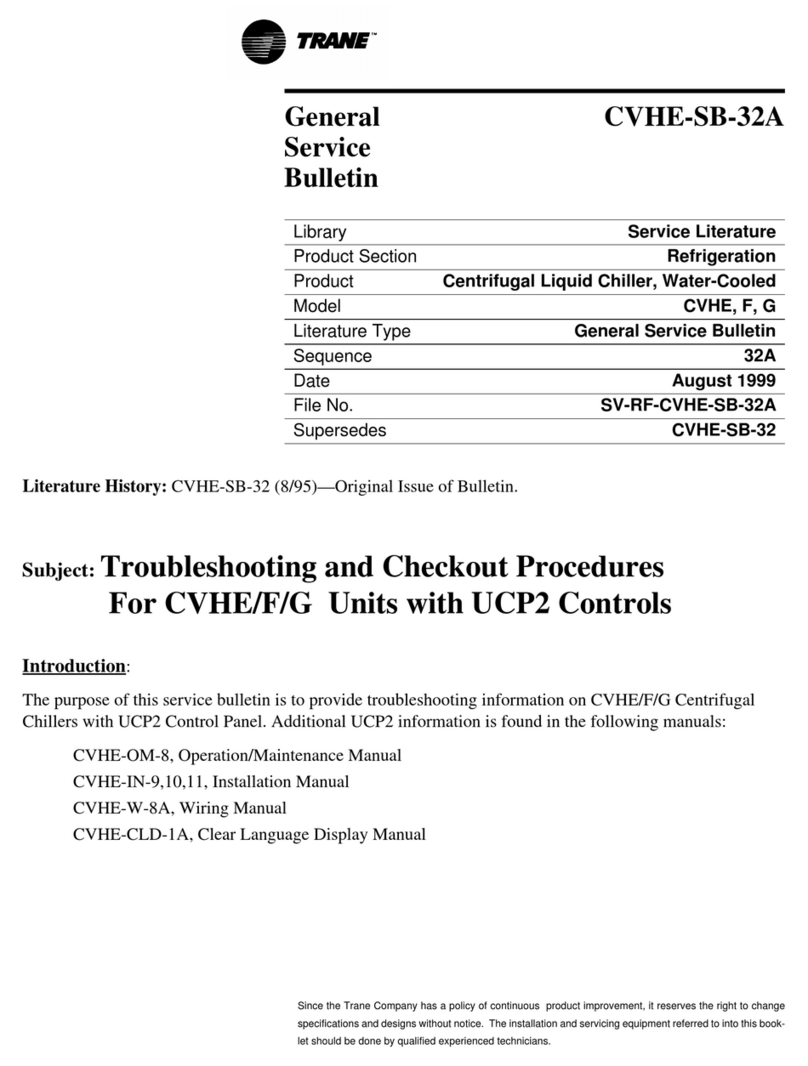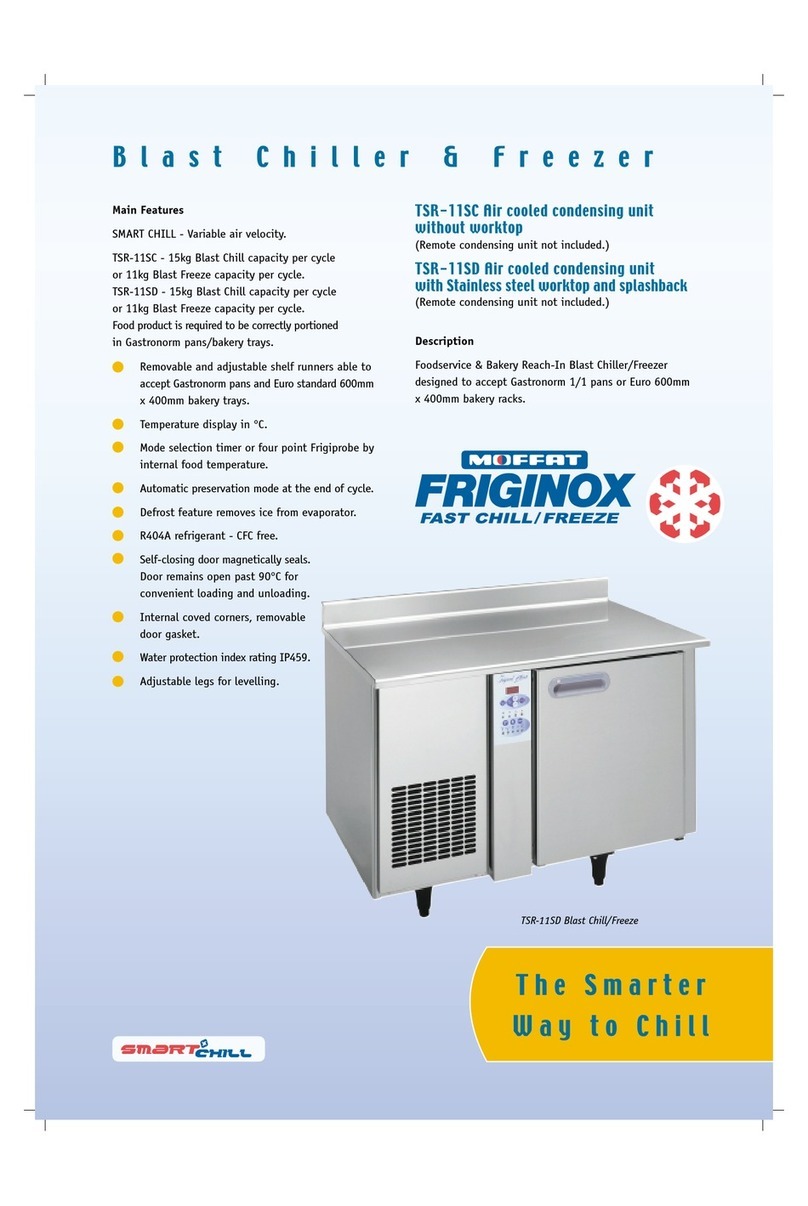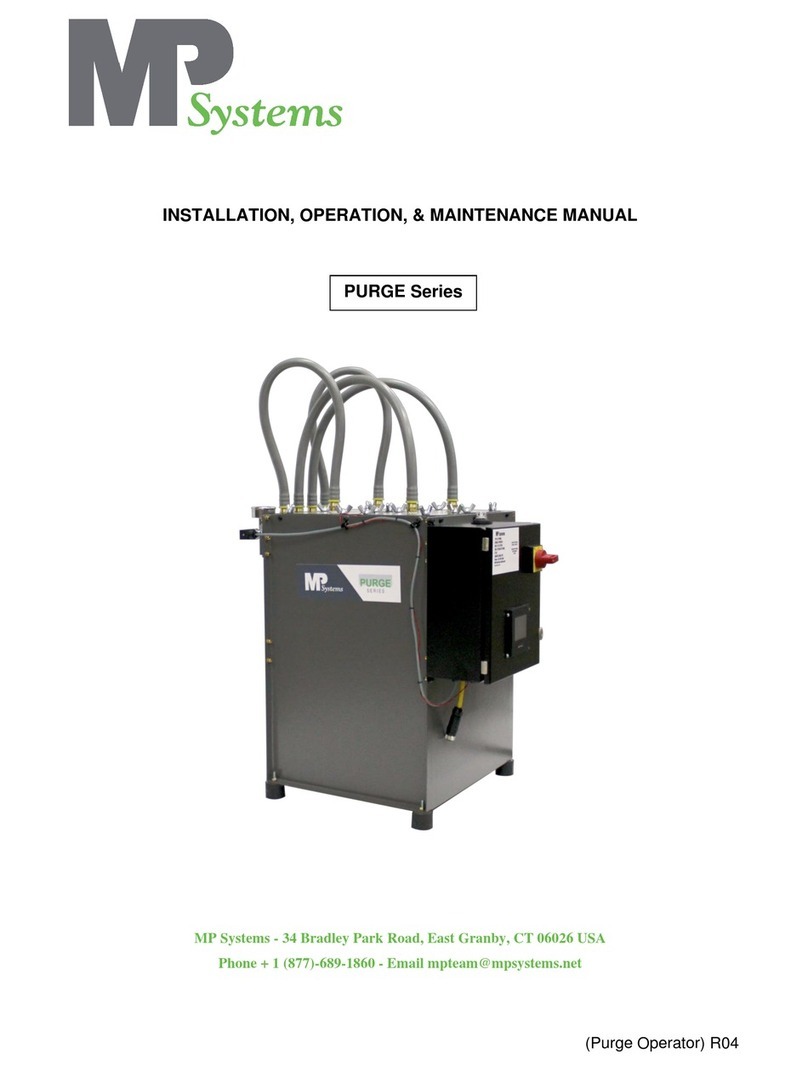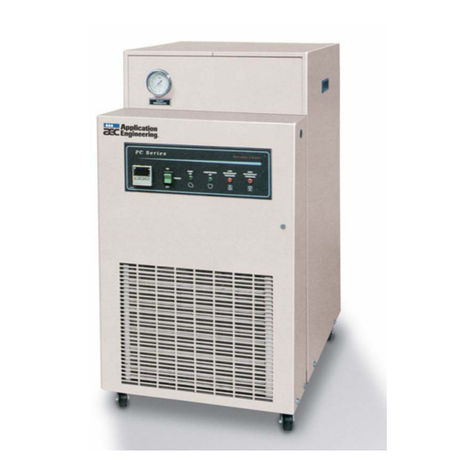
Table of Contents
Section 5:
Section 5: Section 5:
Section 5:
Maintenance Recommendations
Maintenance RecommendationsMaintenance Recommendations
Maintenance Recommendations
5.1 Frequency of Glycol Solution Changes. ...................................30-32
5.2 Blow-Off Wye Strainer ……………….......................................32-33
5.3 Air-Cooled Condenser Cleaning…...............................................34
5.3 Finding the Pressure Setting of the Bypass Valve............................34
Section 6:
Section 6: Section 6:
Section 6: Standard Product W
Standard Product WStandard Product W
Standard Product Warranty
arrantyarranty
arranty
............................................35
Worksheet 1
Worksheet 1 Worksheet 1
Worksheet 1 –
––
–
Recommended Line Size
Recommended Line SizeRecommended Line Size
Recommended Line Size
…….....................................36
askris Model R1600 Install Checklist
askris Model R1600 Install Checklistaskris Model R1600 Install Checklist
askris Model R1600 Install Checklist
…......................................37-38
askris Model R1600 No Load Start
askris Model R1600 No Load Startaskris Model R1600 No Load Start
askris Model R1600 No Load Start-
--
-Up Checklist
Up ChecklistUp Checklist
Up Checklist
…..................39-41
askris Model R1600 Full Load System Check
askris Model R1600 Full Load System Checkaskris Model R1600 Full Load System Check
askris Model R1600 Full Load System Check
…........................42-44
askris Model R1600 Preventative Maintenance (PM)
askris Model R1600 Preventative Maintenance (PM)askris Model R1600 Preventative Maintenance (PM)
askris Model R1600 Preventative Maintenance (PM)
...............45-48
Maintenance Notes
Maintenance NotesMaintenance Notes
Maintenance Notes
……………………………....................................49-52
After Installation and Service Support ( MSA)
After Installation and Service Support ( MSA)After Installation and Service Support ( MSA)
After Installation and Service Support ( MSA)
.................................53
Troubleshoot Data Log
Troubleshoot Data LogTroubleshoot Data Log
Troubleshoot Data Log
..........................................................................55
Wiring Diagram
Wiring DiagramWiring Diagram
Wiring Diagram
...............................................................................56-60
Piping Diagram
Piping DiagramPiping Diagram
Piping Diagram
.....................................................................................61
